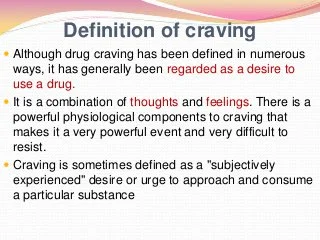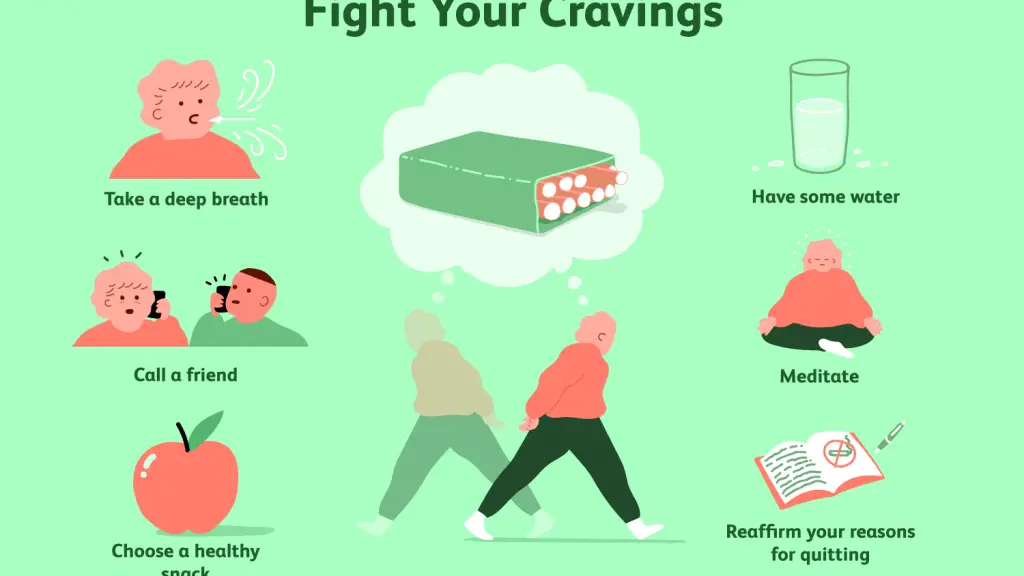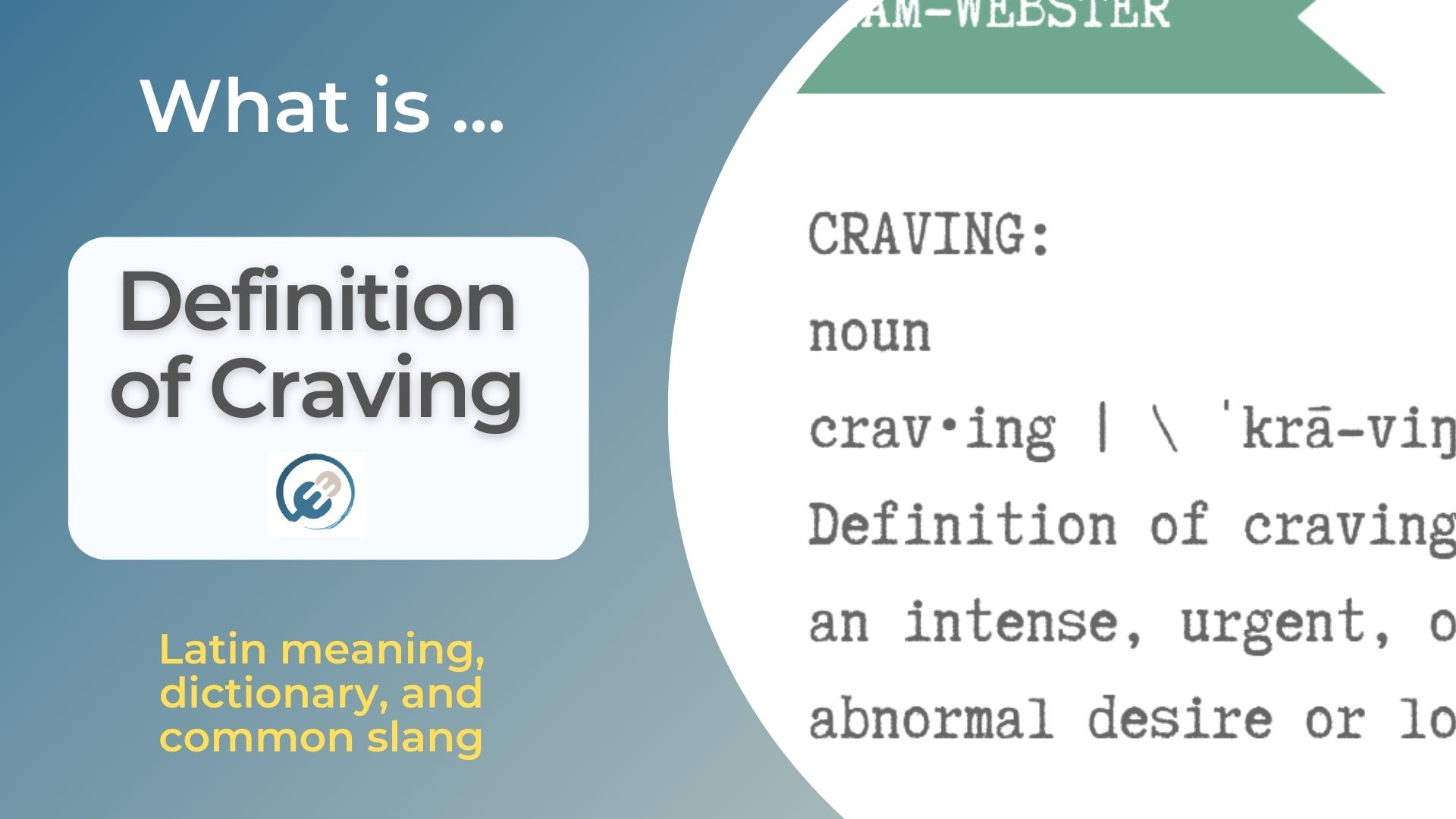Craving is a word that is often used in popular culture, but what does it actually mean?
The definition of craving is “a strong or urgent desire.”
But what is the root of this desire? And how do different religions and cultures approach this feeling?
In this blog post, we will explore the definition, root, and cultural approaches to craving.
What is craving and what is the root of craving?
Generally speaking, craving is defined as “an urgent or strong desire.”
This can be a desire for something that is physical, such as sugary foods or drugs, or something that is more abstract, such as power, affection, or love.
The root of this feeling can be traced back to our biology. When we feel a craving, it is because our brain is releasing certain chemicals that are telling us we need something.
For example, when we are hungry, our brain is releasing the hormone ghrelin in order to tell us to eat.
While the root of craving may be biological (and emotional see more below), different religions and cultures have their own ways of approaching this feeling. Some see craving as a negative emotion that should be avoided (we’ll explain this below), while others see it as a natural and necessary part of life.
Read here for the Merriam-Webster dictionary definition of craving.
What are the Latin roots of the word “craving”?
The word “craving” can be traced back to the Latin words ‘cratis’ and ‘cravus,’ which mean “to wish for ardently” and “to desire greatly,” respectively.
These roots help to explain the strong and urgent nature of craving. They also suggest that when we feel a craving, it is because we deeply desire something.
In the English language, craving can also be a noun, or a verb. It’s a noun when you have a “craving”. In this case the craving is ‘yours’.
As a noun, you can also be in the state of craving. When you are in the state of craving, then craving is a verb.
Alternative definitions of “craving”

Every dictionary has a slightly different definition of “craving”. Some common alternative definitions include:
- an intense longing or yearning
- intense desire, consuming desire, eager desire
- a persistent desire for something that is difficult to obtain
- to have a strong or irresistible urge for something
- appetite
As you can see, each of these definitions captures a different aspect of what it means to crave something.
Whether it is an intense feeling, a persistent desire, or an irresistible urge, all of these definitions point to the fact that craving is a powerful emotion.
How do different religions and cultures approach craving?
While the root of craving may be biological, different religions and cultures have their own ways of approaching this feeling. Some see craving as a negative emotion that should be avoided, while others see it as a natural and necessary part of life.
For example, in Buddhism, craving is seen as one of the root causes of suffering. This is because when we crave something, we are never satisfied.
We may get what we want in the moment, but eventually, the feeling will fade and we will crave something else. This cycle of craving and dissatisfaction can lead to a lot of suffering in our lives.
In contrast, some Christian denominations view craving as a natural and necessary part of life.
They believe that it is through our desires that we are able to experience the fullness of God’s love. Without desire, we would be unable to appreciate all that God has to offer.
While there are many different approaches to craving, it is clear that this feeling is a powerful and complex emotion.
Whether you see it as a positive or negative force in your life, understanding the definition, root, and cultural approaches to craving can help you to better deal with this feeling.
One exception – pregnant women often experience food cravings, but these are typically seen as less ‘bad’ in comparison to other cravings.
This is because a pregnant woman needs more calories to feed themself and the growing baby.
Comparison of the different approaches to craving and their pros and cons
It is clear that there are a variety of different approaches to craving, each with its own set of pros and cons.
For example, Buddhism views craving as a negative emotion that should be experienced mindfully. Overall, cravings are seen as an impediment in Buddhist practice.
In contrast, some Christian denominations view craving as a natural and necessary part of life.
While this can help us to appreciate all that God has to offer, it may also lead us into situations where we are constantly living in an unsatisfied state.
This is why there are many other Christian viewpoints that see the opposite!
So, which approach is the right one for you? Ultimately, this decision is up to you and will depend on your own personal beliefs and values.
However, understanding the different approaches to craving can help you to make a more informed decision about how you want to deal with this emotion in your own life.
How Western Culture Views Cravings
Whether through therapy, media advertising, or everyday conversation – most people in the West see cravings and desire as bad.
This is likely because we are constantly bombarded with messages that tell us we should be dieting and exercising, and avoiding anything that might lead to pleasure or enjoyment.
In our culture, cravings are often seen as a sign of weakness – something that we should be able to control. This can lead to a lot of shame and guilt surrounding our desires.
We may feel like we are bad people if we give in to our cravings, or like we are not good enough if we cannot resist them.
This view of craving can have a negative impact on our lives in a number of ways. For example, it can lead us to deprive ourselves of things that make us happy.
It can also make us feel guilty and ashamed when we do give in to our cravings, which can lead to a cycle of bingeing problems and restriction.
If you find yourself struggling with this view of craving, it may be helpful to explore other perspectives on this emotion.
Understanding that cravings are a natural and normal part of life can help to reduce the shame and guilt that you feel surrounding your desires. It can also help you to find more balanced and healthy ways of dealing with them.
How To Respond To Your Cravings

Now that we have explored the definition, root, and different cultural approaches to craving, let’s talk about how you can actually respond to your cravings in a healthy way.
First of all, it is important to remember that cravings are normal and that you are not a bad person for having them.
It is also important to understand that cravings are not always rational. Just because you have a craving for something does not mean that it is actually good for you.
- With this in mind, there are a few different ways that you can respond to your cravings: You can try to ignore them and hope they will go away. This may work in the short-term, but is likely to make the craving stronger in the long-run.
- You can give in to the craving and eat whatever it is that you’re wanting. This may help to satisfy the craving in the moment, but could lead to further cravings and overeating down the road.
- You can try to satisfy the craving in a healthier way. This may involve eating a smaller portion of the food you’re craving, or finding a healthy alternative that satisfies the same need.
- You can explore the root of the craving and see if there is something else going on that you need to address. This may involve addressing emotional needs, improving your diet, or getting more exercise.
Making The Choice
When it comes to responding to your cravings, there is no right or wrong answer. Ultimately, the choice is up to you and will depend on your own individual needs and preferences.
However, it is important to remember that cravings are normal and that they do not have to control your life. With this in mind, you can experiment with different ways of responding to your cravings until you find what works best for you.
I hope this article has helped you to better understand the vocabulary of cravings and how to deal with them in a healthy way.
If you have any questions or would like to share your own experience with cravings, please leave a comment below!
For more info about what cravings mean, read this chart here.



